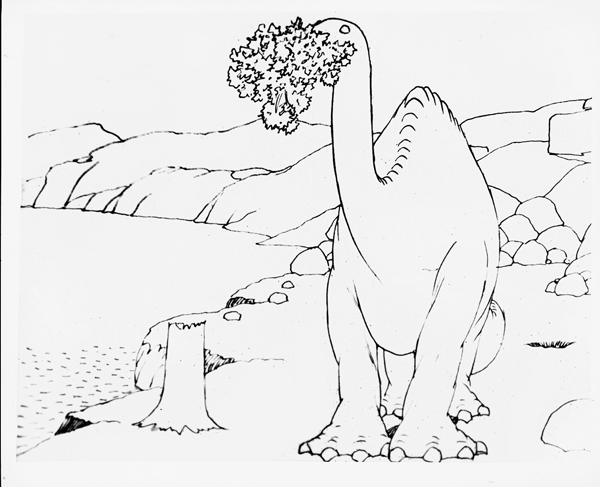George Melies
George Melies was born in 1861 in Paris, France to a middle class family, his father was a wealthy shoe manufacturer. Melies showed an interest in the creative arts since an early age often sketching and designing backdrop sets for his own marionette shows, however his parents did not encourage his interests instead when he grew older he was allowed to take art classes in exchange for good behavior while he worked for the family business.
The aspiring Melies interest in theatre grew and he attended as many performances as possible, after his father retired Melies sold his share of the family business and bought a theatre house.
Although he originally started out as an illusionist due to his admiration for the likes of the late Houdini, he first discovered the 'Cut Up' technique completely by accident. This happened while he was filming traffic, a bus he was filming disappeared in the moving picture which resulted in the discovery of editing film (who'd have thought it!). This became a common technique for Melies he is probably best known for his classic 'Le Voyage Dans La Lune' otherwise 'A Trip To The Moon' which was filmed in 1902. It took Melies three months to complete the film a phenomenal feat at that time, which catapulted Melies instantly to legendary status.

Winsor McCay

Winsor McCay was born in Spring Lake, Michigan in the September of 1869 into a lower middle class family. He was the son of a grocer and once real estate agent. McCay's parents wished for him to study business at Cleary's Business College in Ypsilanti, Michigan. McCay had very different ideas and instead intended to study at the Art Institute of Chicago. However McCay struggled due to a lack of financial backing and instead worked as an artist for Kohl and Middleton's Vine Street Dime Museum.
Winsom McCay is probably most famous for his strip series 'Little Nemo' 'Dreams of a Rarerabbit Fiend' and his most remembered 'Gertie the Dinosaur' animation. This animation has been credited as the first animated character in film to demonstrate realistic characteristics. For example Gertie is asked to raise one leg and then the other and is disciplined by McCay after drinking a whole lake of water. The animation was created in 1914 the original film was selected to be preserved in the United States National Film Industry.

Lotte Reiniger

Winsom McCay is probably most famous for his strip series 'Little Nemo' 'Dreams of a Rarerabbit Fiend' and his most remembered 'Gertie the Dinosaur' animation. This animation has been credited as the first animated character in film to demonstrate realistic characteristics. For example Gertie is asked to raise one leg and then the other and is disciplined by McCay after drinking a whole lake of water. The animation was created in 1914 the original film was selected to be preserved in the United States National Film Industry.

Lotte Reiniger

Lotte Reiniger was born in June 1899 in Berlin-Charlottenberg in the German Empire. As a young child she took a great interest in the art of Chinese silhouette puppetry. After attending a cinema viewing of one of Melies films she was interested in pursuing art of her own after recognising the endless possibilities available through animation.
After enrolling with avant-garde artists she pursued her own short animations eventually producing feature length animations. Reiniger is more than likely known for her 1926 feature 'The Adventures of Prince Achmed' an adaptation of the book '1001 Arabian Nights'. The film is often screened on the Turner Classic Movies channel. No original nitrate film was found of the picture in Germany post World War II.
She was then extradited to the United Kingdom where she lived for the rest of her life, she made advertisements for the Post Office until the 1980s.
She was then extradited to the United Kingdom where she lived for the rest of her life, she made advertisements for the Post Office until the 1980s.

